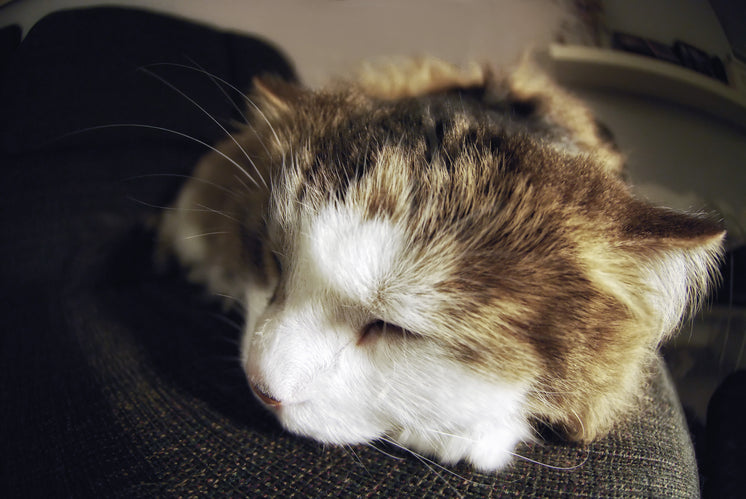Cat Litter: A Requirement or a Benefit?
Cat Litter: A Requirement or a Benefit?
Blog Article

Cat litter and litter boxes play a pivotal function in the lives of both felines and their owners. From the humble beginnings of sand and soil to the innovative improvements these days, the world of cat litter has actually evolved significantly. In this detailed guide, we dive into every element of cat litter and litter boxes, exploring their history, types, advantages, obstacles, and whatever in between.
The history of cat litter dates back centuries, with ancient civilizations using sand, soil, and even ashes as primitive litter materials. However, it wasn't until the mid-20th century that modern cat litter as we know it emerged. In 1947, Edward copyright introduced the world's first commercial cat litter made from absorbent clay, transforming the way cats relieved themselves inside your home. Ever since, cat litter has actually gone through various changes, with the introduction of clumping litter, silica gel litter, naturally degradable choices, and more.
Today, cat owners are spoiled for choice when it pertains to picking the ideal litter for their feline buddies. Conventional clay litter remains popular for its affordability and effectiveness in absorbing smells. Clumping litter, which forms strong clumps when wet, streamlines cleaning and maintenance. Silica gel litter, composed of extremely absorbent silica crystals, uses exceptional odor control and longevity. Biodegradable alternatives, such as recycled paper, wood pellets, corn, and wheat, interest ecologically conscious customers.
Each kind of cat litter provides distinct advantages. Clay litter masters its capability to take in moisture and control smells, making it a reliable option for numerous cat owners. Clumping litter streamlines day-to-day scooping and extends the time between complete litter modifications. Silica gel litter offers remarkable odor control and can last longer in between replacements. Naturally degradable litters offer a sustainable option that lessens environmental effect.
While cat cat litter box furniture litter improves indoor feline hygiene, it is not without its obstacles. Dust from clay litter can posture respiratory risks for both felines and human beings, triggering the popularity of dust-free options. Some cats might establish litter box aversion due to concerns with texture, fragrance, or tidiness, requiring experimentation with various litters and box configurations. Multi-cat families might require tactical litter box placement and regular maintenance to avoid territorial conflicts and make sure all felines have access to clean centers.
Selecting the appropriate litter box is necessary for promoting positive litter box routines and general feline well-being. Factors to think about consist of size, ease of access, and design preferences. Covered litter boxes supply cat litter tray privacy and assistance consist of odors, however some cats might find them restricting or daunting. Open-top litter boxes offer easy gain access to and visibility however may result in more litter scatter. Automatic self-cleaning litter boxes simplify maintenance however require regular tracking and upkeep.
Appropriate litter cat litter box furniture box upkeep is essential for making sure a tidy and inviting environment for both cats and their owners. Daily scooping gets rid of waste quickly, decreasing odor and dissuading litter box hostility. Regular litter replacement, generally every 1-2 weeks, avoids bacterial accumulation and preserves ideal absorbency. Extensive cleaning with mild cleaning agent and water, preventing harsh chemicals that might hinder cats from using package, need to be carried out monthly.
Cat litter and litter boxes play a main function in fostering a healthy and harmonious relationship between felines and their human buddies. With a diverse range of litter choices and litter box styles readily available, cat owners have the flexibility to tailor their options to match their felines' preferences and household needs. By comprehending the advancement, types, advantages, and challenges of cat litter and litter boxes, pet owners can offer their feline pals with a comfy and sanitary indoor environment.